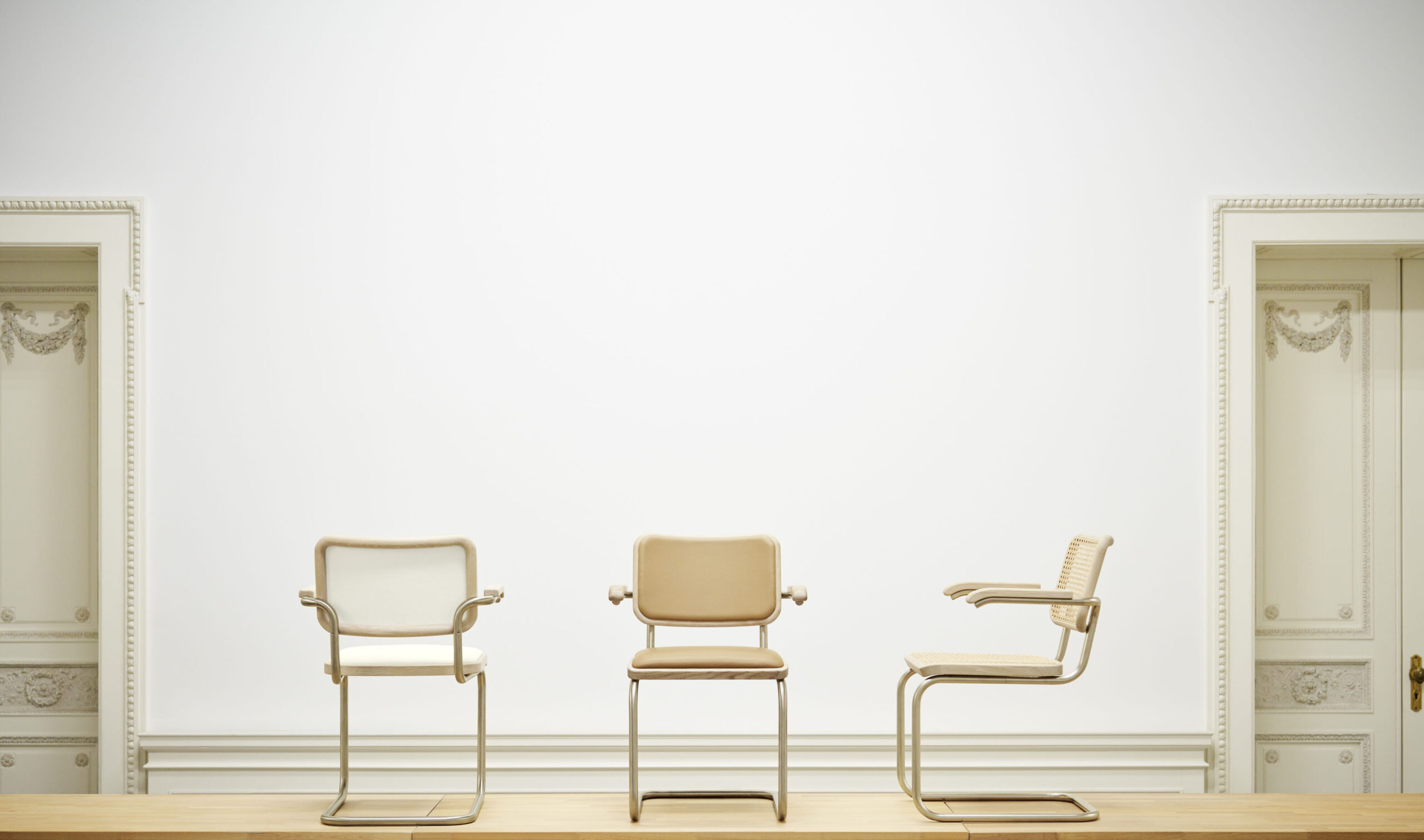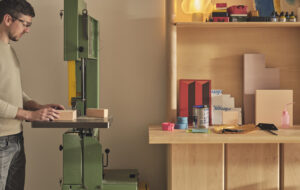 |||
|||
As coronavirus impacts our regular working lives for the foreseeable future, might this be the point that companies are forced to examine not just the way we work in terms of offering more remote working, but also how our offices are designed as to promote health and wellbeing?
Firstly, while the pandemic may not permanently put an end to working in traditional office buildings, the global ‘work-from-home’ trial may mean a re-think, at the very least, of a change in office typology.
Although employers cite fostering better team working as the main reason for open plan layouts (though inevitably, cost-cutting has a lot to do with it), open space plans have often been unpopular with staff.
But as their employees work from home over the next few weeks at least, many employers may find that, ironically, their teams develop strong team-working bonds. Already, anecdotal evidence shows more teams are videoconferencing – or simply picking up the phone and speaking to their colleagues – rather than resorting to electronic communication, as tends to often happen in open plan environments.
Read more: The future of work: Here’s why agile working might be the new norm
Secondly, those businesses that do have staff working in their offices are having to make sure they are suitably distanced from each other to prevent contracting the virus. That’s not a problem at the moment with most employees at home, so it could focus minds on how easily diseases can spread in modern offices.
According to research, whereas 20 years ago each worker was allocated on average more than 9 square metres of workspace, this has declined to around 7.33 square metres. And with co-working environments becoming more popular, this space is often far smaller for many workers: WeWork, for example, allocates just over 5 square metres per person across its global portfolio. We know close contact with a confirmed case hugely increases the risk of infection, so that makes the modern open-plan office environment where workers are packed densely together extremely fertile ground for viruses like COVID-19.
Because we spend more time in offices today than any previous generation it becomes more important to think how we can design buildings to stop the spread of disease. To date, modern business has not had to cope with a virus like the one we’re seeing today. But the likelihood is that such pandemics will become much more frequent in future. According to David Finnoff, an economist at the University of Wyoming College of Business, an old rule of thumb was that such pandemics happened about three times every century.
Since the turn of 2000, the world has already confronted a raft of viral shocks, including SARS in 2002 and 2003, H1N1 in 2009, MERS in 2012, Ebola in 2014 to 2016, Zika in 2015 and Dengue fever in 2016. So even when we turn the tide on COVID-19, the likelihood of another virus impacting is high.
So, with that in mind, here are five tips for what employers should consider:
1. Consider making working from home arrangements more permanent – at least some of the time
While most employees may not want to work from home full-time, evidence shows that where it is an option for at least some of their week it has a significant impact. Research carried out by Stanford University of employees that worked from home at least for part of their week found employee productivity rose by 13.5% and job satisfaction increased.
2. Think about modifications to ‘one size fits all’ open plan designs
From offering private rooms to allow employees space to think, concentrate better, for taking calls and for meditation, to providing fun, comfortable areas that foster collaboration, think about building office spaces with different environments to maximize employee wellbeing.
3. Think about air management
For years offices have been sealing windows shut and recirculating air meaning chronically under-ventilated buildings, increasing the likelihood of airborne disease transmission. Offices need to bring more outdoor air into buildings with heating and ventilation systems (or opening windows in buildings that don’t) to help reduce airborne contaminants. A US study last year found that simply ensuring minimum amounts of outdoor air reduced transmission of flu equivalent to having 50-60% of workers vaccinated.
Another problem is that offices tend to use mechanical air filters with low minimum efficiency reporting value (MERV) ratings. Typically, these filters capture less than 20% of viral particles: hospitals, for instance, use a filter with a MERV rating of 13 or higher which capture more than 80% of airborne viral particles. For buildings without mechanical ventilation systems, or to supplement a building’s system in high-risk areas, portable air purifiers can also be effective at controlling airborne particle concentrations. Most quality portable air purifiers capture 99.97% of particles.
Read more: Nagami Design 3D prints protective masks to help combat COVID-19 spread
4. Consider what materials are used in your office
Contact with surfaces infected by the virus is also likely to heighten the risk of contracting coronavirus. So even if workers aren’t in close direct proximity to each other, the fact that hot-desking is now de rigueur for many companies means workers are more likely to touch surfaces contaminated by others. A study by researchers at the University of Arizona showed just how quickly germs can spread. The research team placed a harmless virus on a doorknob and on the hand of a volunteer in a 100-person office – within four hours, the virus was on 50% of the office’s surfaces including desks, telephones and the handle of the office coffee pot.
Surfaces need to be made safer. Yes, this includes regular cleaning, but the materials used can also make a difference. Using copper, brass and bronze for highly-touched surfaces such as door knobs and lift-buttons can prevent such surfaces from serving as long-standing reservoirs for the spread of pathogenic microbes due to their antimicrobial properties.
5. Consider accreditation
On both measures, and other wellbeing concepts, companies can look at ratings systems to guide them on how to make buildings a conduit of good public health.
The WELL Building Standard, for example, which we advise on, monitors the features of a building to not only safeguard but actively promote health and wellbeing. Administered by the International WELL Building Institute (IWBITM), and certified by Green Business Certification Inc., it is the first standard that focuses on human health and wellbeing into design, construction and operations of buildings. Even if you have no immediate plans (or the budget) to become WELL Certified, companies can still utilize the principles to help create a healthier environment.
The drastic measures the government has introduced will, hopefully, limit the impact of coronavirus. But the current crisis may prompt employers to look longer-term at preventative measures, so that we can minimize the risk of the next infectious disease spreading more easily in the near future.
Anthony Coumidis, Director of Engineering and Environmental Initiatives at McBains, a property and construction consultancy, shares five things employers can consider for when the pandemic is over





















